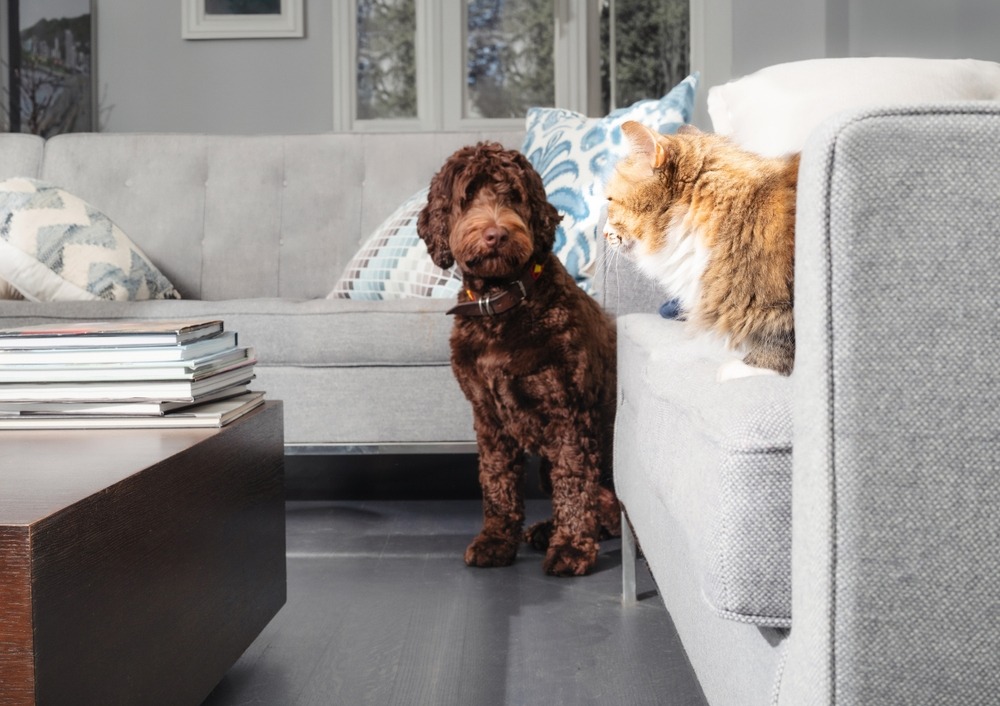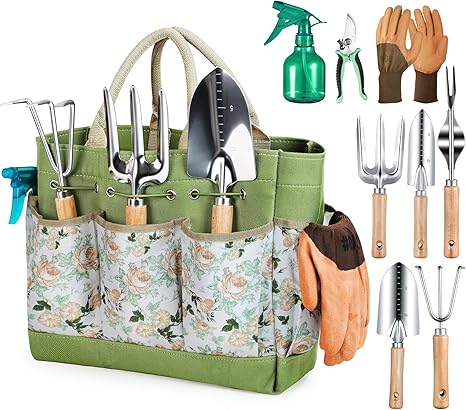Bringing a new pet into your home is a thrilling experience, but it can also come with its challenges. Whether you’ve adopted a playful puppy, a curious kitten, or a shy hamster, ensuring a smooth transition is crucial to building a strong and lasting bond with your new furry (or scaly!) friend. We’re exploring tips and strategies for settling a new pet into your home, making sure they feel safe, loved, and comfortable from day one.

Prepare Your Home Ahead of Time
Before bringing your new pet home, it’s important to prepare your living space to meet their needs. This helps ease their transition and shows them that their new home is a safe and welcoming place. Set up a designated area for your pet to call their own, ensuring the space is free from hazards and distractions. Gather essential supplies like food and water dishes, toys, bedding, litter boxes, and grooming items.
Keep the First Days Calm and Low-Key
Your pet’s first few days in their new home can be overwhelming. It’s essential to keep things calm and give them time to adjust to the new environment. Establishing routines by setting regular times for feeding, walks, playtime, and rest to help them feel more secure. Limit visitors during the first few days. Overwhelming them with too many new people can be stressful, so allow your pet to settle into their new space and get to know you first.
Introduce Them to Their New Family
Gradually introduce your new pet to the other members of your household, taking things slow to avoid overwhelming them. In multi-pet households, introductions should be done carefully—keep the new pet in a separate room at first and allow them to sniff each other under the door or through a baby gate. When it’s time for a face-to-face meeting, ensure both animals are calm and supervised.

Patience is Key: Understand Their Behavior
Every pet is different, and each will adjust to their new environment at their own pace, so don’t be discouraged if your pet is initially shy, scared, or distant. Watch for signs of stress like hiding, excessive barking or meowing, refusal to eat, or frequent accidents. These behaviors are often signs of anxiety and typically subside as they feel more secure.
Focus on Building a Relationship
One of the most important aspects of settling in a new pet is building a strong bond. Start basic training as soon as possible, with dogs learning commands like “sit” and “stay,” and cats benefiting from litter box training and gentle handling. Interactive play is another great way to bond and help your pet feel comfortable—whether it’s fetching a ball, playing with toys, or practicing training exercises.
Visit the Vet for a Health Check
It’s important to schedule a vet visit within the first few days of bringing your new pet home. This ensures they’re in good health and up-to-date on any necessary care. Regular check-ups should be scheduled to keep your pet healthy and happy throughout their life.

Create a Long-Term Plan
Settling a new pet into your home doesn’t end after the first few days; it’s a long-term commitment that requires a plan for their ongoing care, training, and enrichment. Continue to socialize your pet by exposing them to different people, environments, and experiences, helping them become well-adjusted and confident.
Settling a new pet into your home is a process that requires patience, understanding, and a lot of love. By preparing your home, respecting their space, and focusing on building a strong relationship, you’ll be helping your new friend adjust to their new environment and ensuring a happy and healthy future together.




